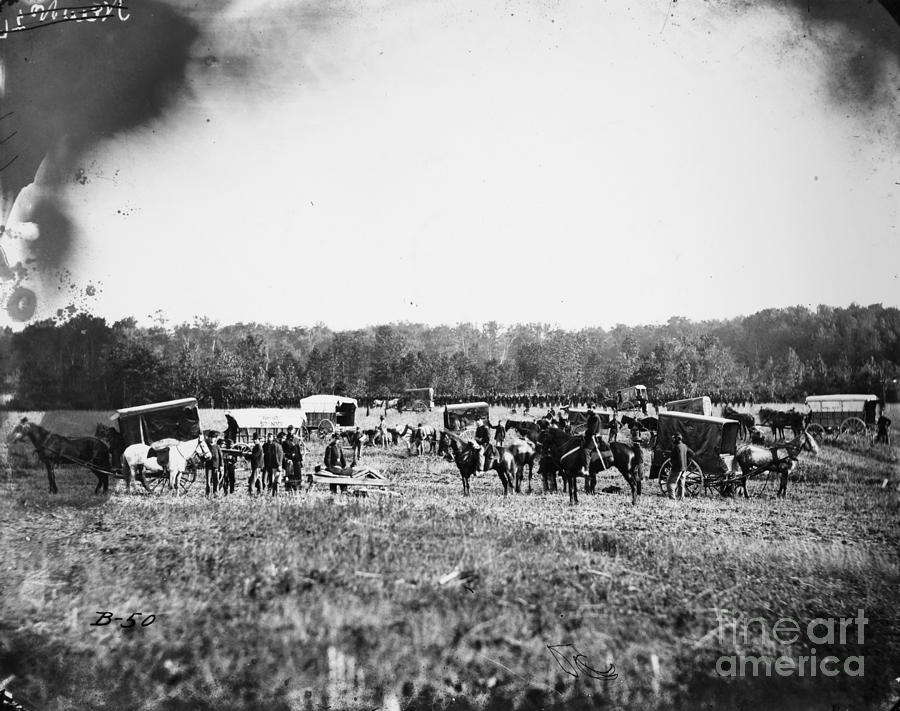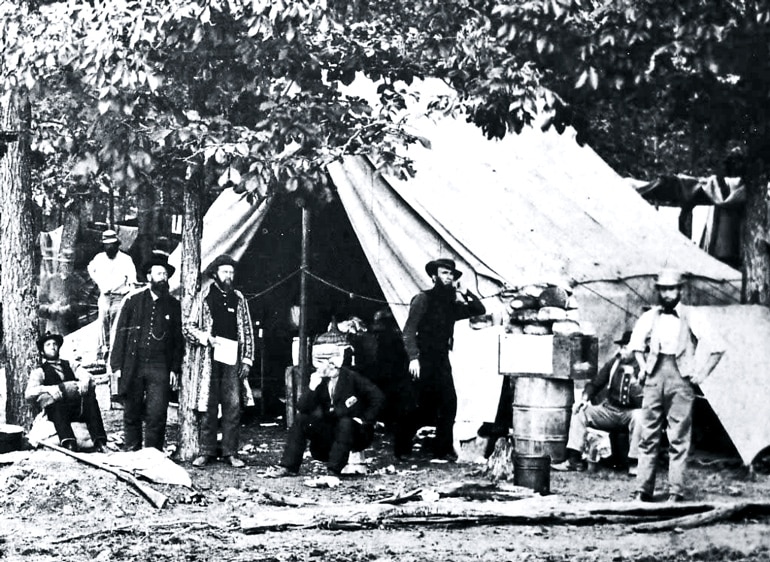

An exhibition of mummified nuns at the Convent of the Salesian Sisters on Paseo de Sant Joan, Barcelona in July 1936, by Antoni Campañà.

His camera documented the protests by women demanding food outside the doors of La Pedrera, then the headquarters of the Catalan government’s provisions department he recorded the tremendous violence reflected in scenes of bodies and of horses bleeding to death in the middle of Plaza de Catalunya.

A daily from Prague erroneously reported the Spanish mother and child as being in Guernica, the Basque city that was bombed by German planes in April 1937.Ĭampañà also captured the devastating effects of the Barcelona bombings, the hunger lines and the soup kitchens, the crowds that came out for the burial of the anarchist hero Buenaventura Durruti, the gruesome spectacle of mummified nuns exhibited outside churches following iconoclastic sacking by anarchists, and portraits of libertarians that were so eye-catching that the anarchists turned them into postcards. He also caught on camera scenes of Andalusian refugees who arrived in Barcelona in 1937, including one haunting portrait of a Málaga woman holding her child that is reminiscent of the iconic image of a migrant mother taken by US photographer Dorothea Lange during the Great Depression.

It became an iconic image of the war after the CNT began disseminating it, but until 2019 Campañà did not get credit for it, because nobody viewed him as a Civil War photographer. With his Leica camera, he captured militia members such as the smiling young woman holding up a flag of the anarchist labor union confederation CNT in the middle of Barcelona’s La Rambla. But despite his extensive and highly appreciated work, Campañà was left out of the history books. This first retrospective – curated by Arnau González i Vilalta, Plàcid García-Planas and the grandson who discovered the pictures, Toni Monné – casts Campañà as a one-man band who was an artist, a photojournalist, an expert developer, a store manager, a representative for the Leica brand, a correspondent for the Spanish edition of Galería magazine and a scholar of the theory of photography who wrote articles and books on the subject. 1906-1989), brings together 367 photographs, many of which have been developed from negatives for the first time, as well as documents exploring the career of a photographer who captured both sides of the conflict, and who was able to adapt to the normality that followed the end of the war. Now, a new exhibition at the National Museum of Art of Catalonia (MNAC) called La guerra infinita. ‘Food pantry for the poor,’ by Antoni Campañà, 1936. The rest were about car races, soccer matches and festivities, his favorite subjects. On the year of his death, La Caixa Foundation organized an exhibition with 90 images taken by him, of which only three covered the Civil War. Around 200 of his photographs had appeared in newspapers and magazines. Some of the pictures were used by the new regime as evidence of crimes by the losers of the war.Ĭampañà was not a completely unknown figure in 2018. He had hidden all his work because he felt hurt by the way the regime of Spanish dictator Francisco Franco had used it for purposes of propaganda and repression. Campañà had hidden all his work because he felt hurt by the way the Franco regime had used it for purposes of propaganda and repressionĬampañà was a Republican, a Catalan nationalist and a Catholic (he always carried an image of Our Lady of Mount Carmel inside his pocket).


 0 kommentar(er)
0 kommentar(er)
